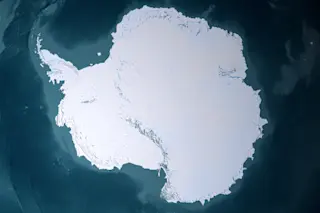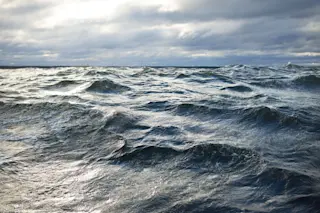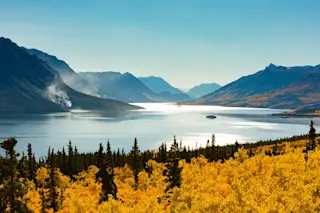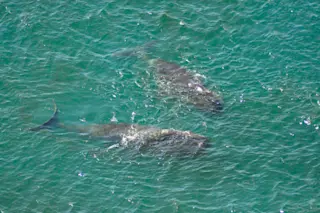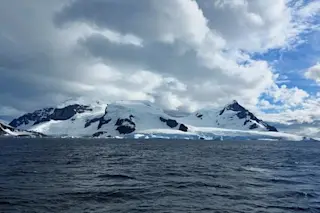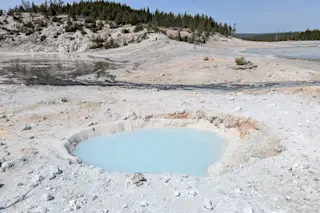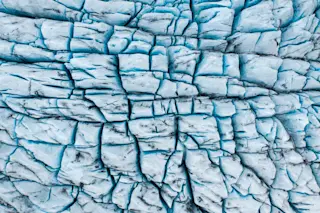The frozen kingdom of Antarctica may appear featureless from above, but beneath all that ice lies a mysterious and complex world that researchers say could be pivotal to understanding the effects of climate change.
It’s well established that the Antarctic ice sheet has been rapidly losing mass. As ocean temperatures have risen, the glaciers that make up the ice sheet are melting at a rate six times faster than that of 40 years ago. NASA reports that Antarctica is now losing 252 gigatons of ice per year — about three and a half Olympic swimming pools per second.
According to the National Snow and Ice Data Center, if all of Antarctica's ice were to melt, global sea levels would rise by 200 feet, flooding every single coastal city, and wiping whole countries completely off the map. Even a more modest change in sea level would be disastrous. For example, just ...


